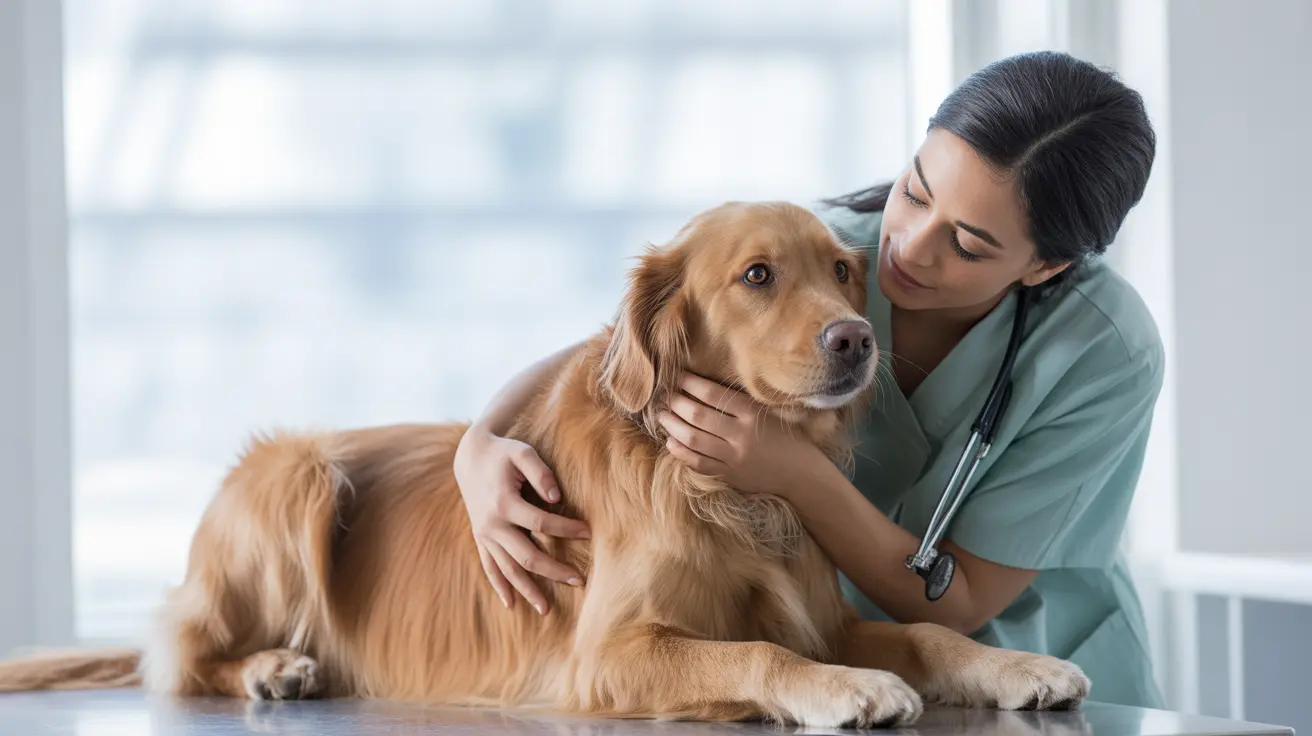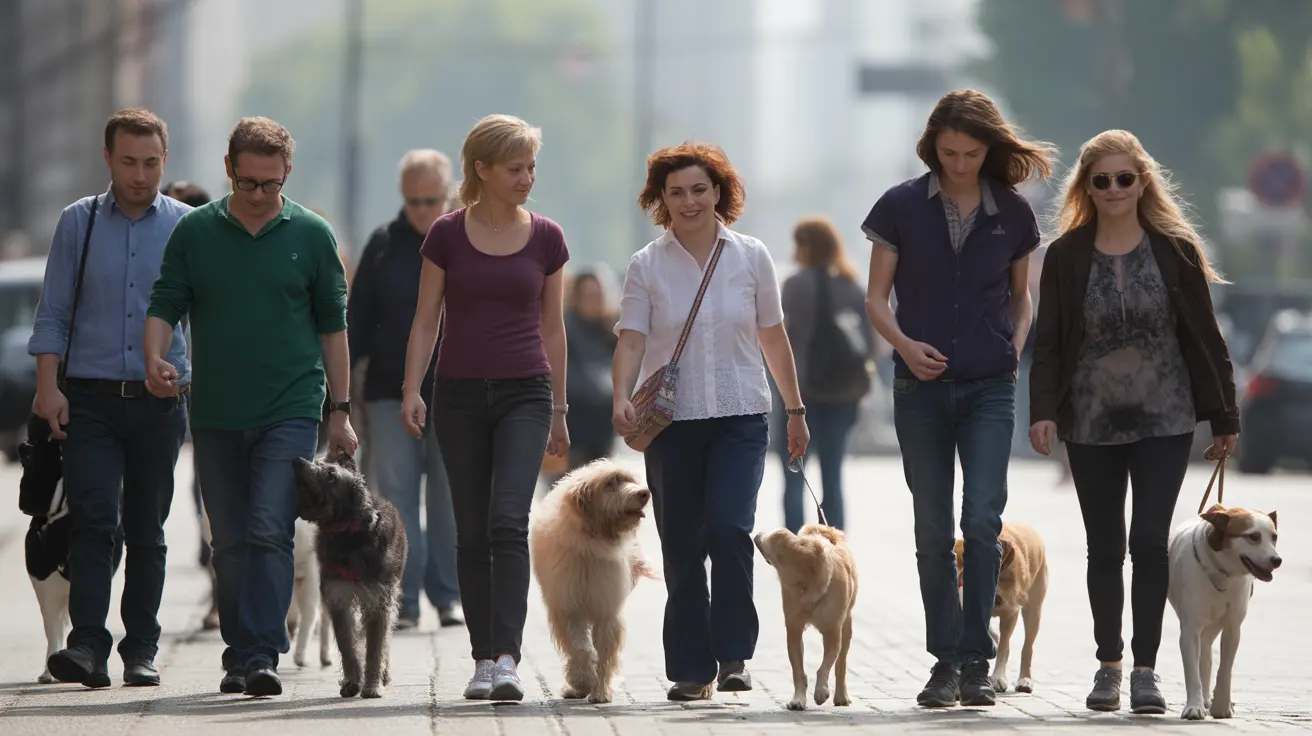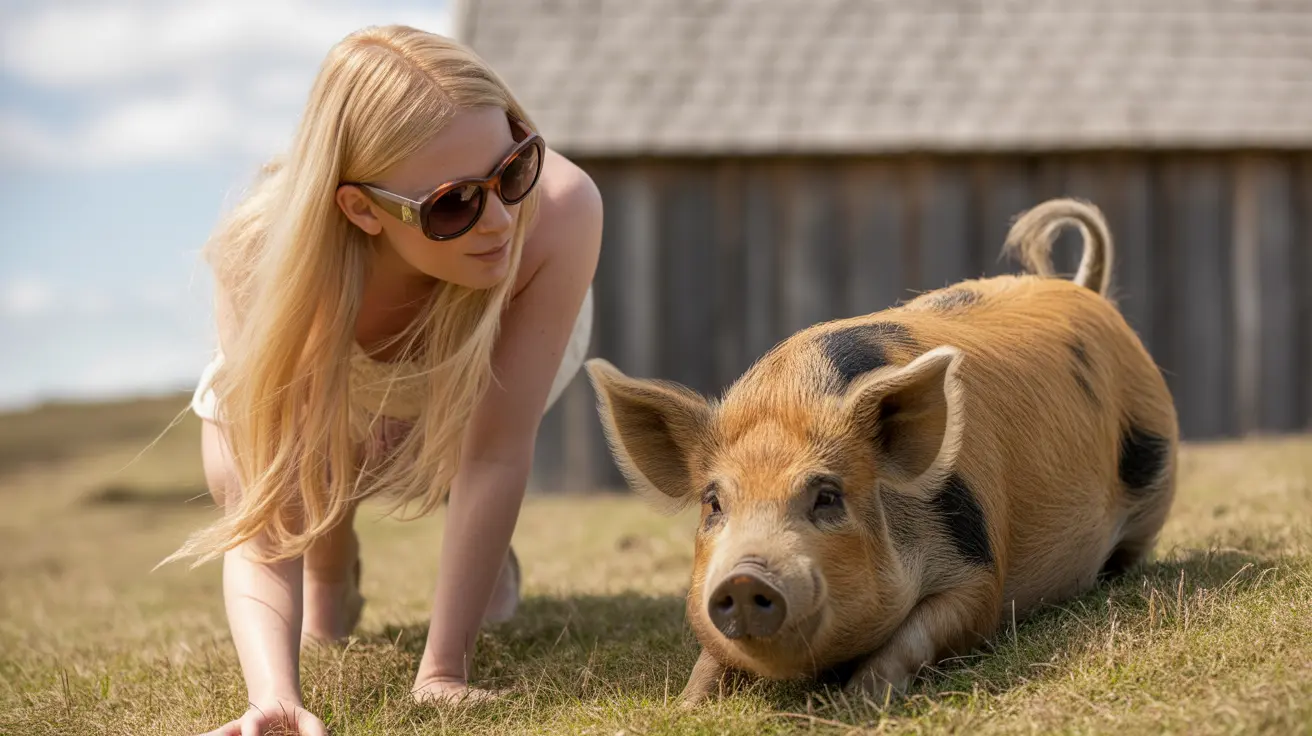The Hudson Valley region of upstate New York is grappling with another serious public health concern as officials report yet another person has been attacked and bitten by a rabid animal. This latest incident adds to growing concerns about rabies transmission in the area, highlighting the critical importance for pet owners and residents to remain vigilant about potential wildlife encounters.
Rabies remains one of the most serious zoonotic diseases affecting both animals and humans, with the Hudson Valley's recent spike in incidents serving as a stark reminder that this deadly virus continues to pose real threats to communities across New York state.
Understanding the Current Rabies Situation
The latest attack in the Hudson Valley represents a concerning pattern that has local health officials on high alert. While specific details about the victim and the type of animal involved have not been fully disclosed, the incident underscores the ongoing presence of rabies in the regional wildlife population.
Rabies is a viral infection that affects the central nervous system of mammals, including domestic pets like dogs and cats. The disease is almost always fatal once clinical symptoms appear, making prevention through vaccination and awareness absolutely critical for pet owners throughout the region.
Protecting Your Pets from Rabies Exposure
Pet owners in the Hudson Valley and surrounding areas should take immediate steps to safeguard their animals from potential rabies exposure. The most effective protection comes through maintaining current rabies vaccinations for all dogs, cats, and ferrets as required by New York state law.
Keeping pets indoors or within securely fenced areas significantly reduces their risk of encountering potentially rabid wildlife. When walking dogs, use leashes and avoid areas known for wildlife activity, particularly during dawn and dusk hours when many rabies-carrying animals are most active.
Wildlife Species of Concern
Common rabies carriers in upstate New York include raccoons, skunks, bats, and foxes. These animals may exhibit unusual behavior when infected, such as appearing during daylight hours, showing no fear of humans, or displaying signs of aggression or disorientation.
Pet owners should never attempt to approach, feed, or handle wildlife, even if the animals appear sick or injured. Instead, contact local animal control authorities or wildlife management professionals who have proper training and equipment to handle potentially dangerous situations.
Recognizing Rabies Warning Signs
Early detection of rabies symptoms in both pets and wildlife can be crucial for preventing further transmission. Animals infected with rabies may exhibit dramatic behavioral changes, including increased aggression, excessive drooling, difficulty swallowing, or unusual friendliness in normally wild animals.
Pet owners should watch for signs of neurological distress in their animals, including disorientation, paralysis, seizures, or unexplained behavioral changes. Any pet that has potentially been exposed to rabies through a bite or scratch from an unknown animal requires immediate veterinary attention.
Post-Exposure Protocol
If a pet is bitten or scratched by a potentially rabid animal, time becomes critical. Immediately wash any wounds with soap and water, then seek emergency veterinary care. Depending on the pet's vaccination status, veterinarians may recommend booster shots or quarantine periods as precautionary measures.
Community Response and Prevention
Local health departments typically respond to rabies incidents by increasing surveillance efforts and public education campaigns. Community members play a vital role in prevention by reporting unusual wildlife behavior and ensuring their pets receive proper veterinary care.
Maintaining clean environments around homes by securing garbage cans, removing pet food from outdoor areas, and eliminating potential wildlife shelters can help reduce the likelihood of encounters with potentially infected animals.
Frequently Asked Questions
What should I do if my pet encounters a potentially rabid animal?
Immediately separate your pet from the wild animal without putting yourself at risk. Wash any visible wounds with soap and water, then contact your veterinarian and local animal control authorities right away. Document the incident and seek professional guidance on next steps.
How often do pets need rabies vaccinations?
Most states, including New York, require rabies vaccinations for dogs, cats, and ferrets. Initial vaccines are typically given around 12-16 weeks of age, with boosters required every 1-3 years depending on the vaccine type and local regulations.
Can indoor pets get rabies?
While indoor pets have significantly lower risk, they can still be exposed if bats enter homes or if they have any outdoor access. Maintaining current vaccinations provides the best protection regardless of your pet's lifestyle.
Staying Prepared and Informed
The recent rabid animal attack in the Hudson Valley serves as an important reminder that rabies prevention requires ongoing vigilance from pet owners and community members alike. By maintaining proper vaccinations, exercising caution around wildlife, and staying informed about local health advisories, pet families can significantly reduce their risk of exposure to this serious disease.
Pet owners throughout upstate New York should work closely with their veterinarians to ensure their animals remain protected and consult local health authorities for the most current information about rabies activity in their specific areas.






